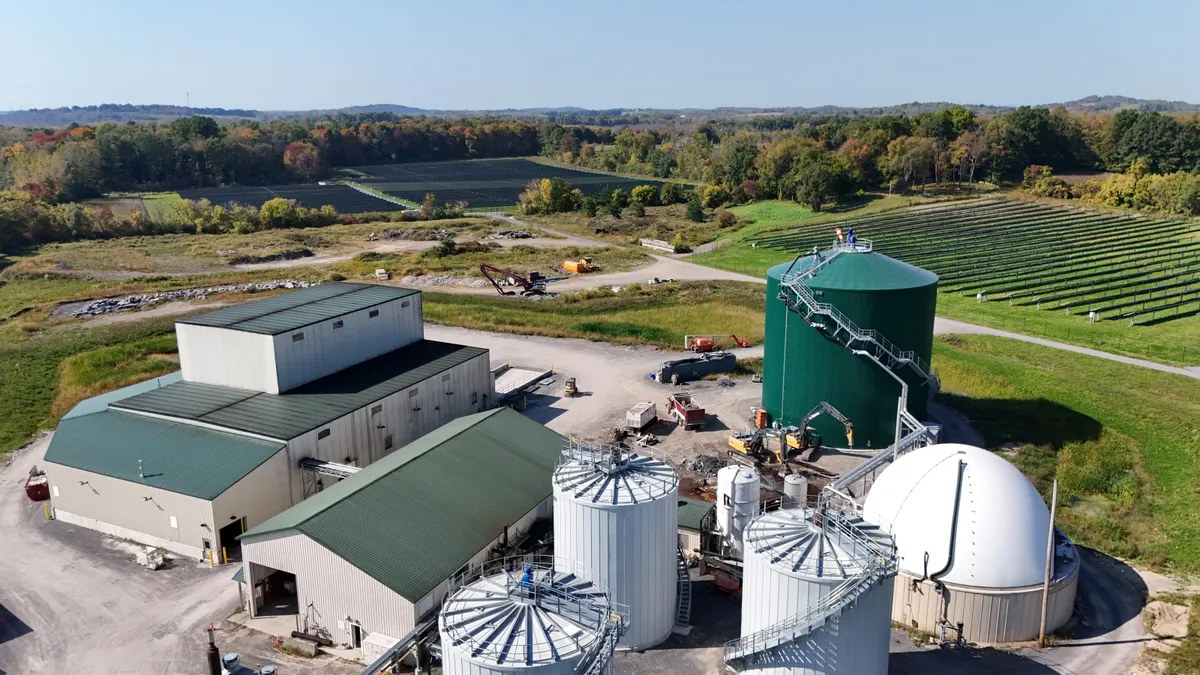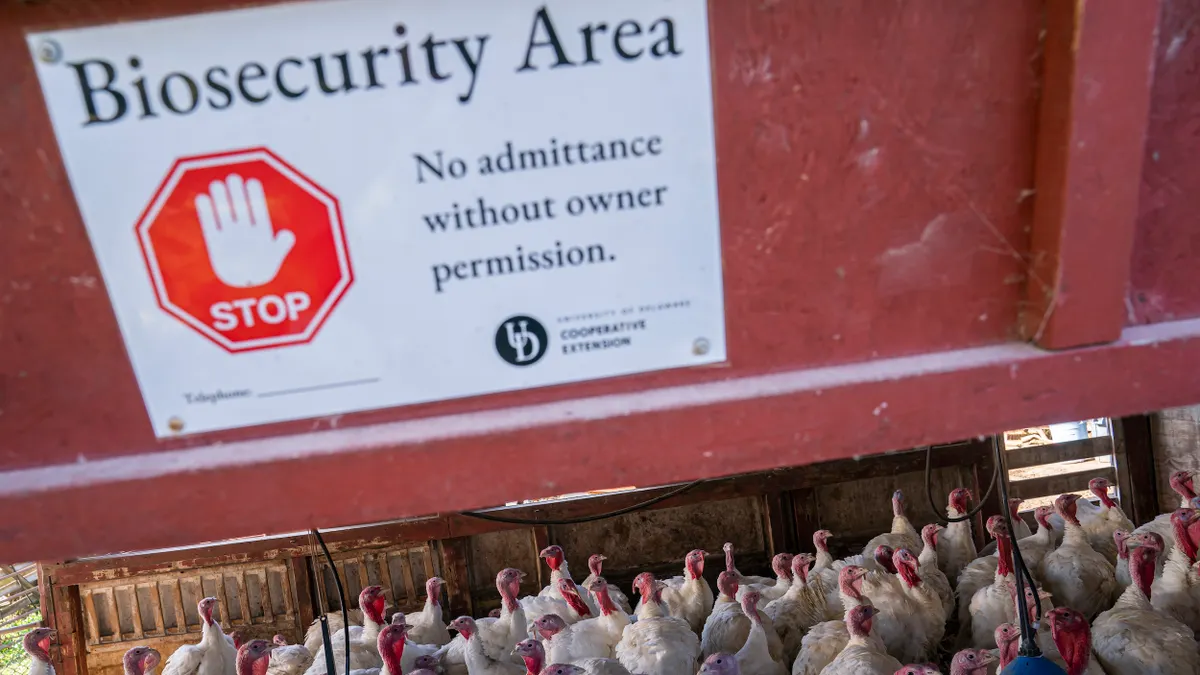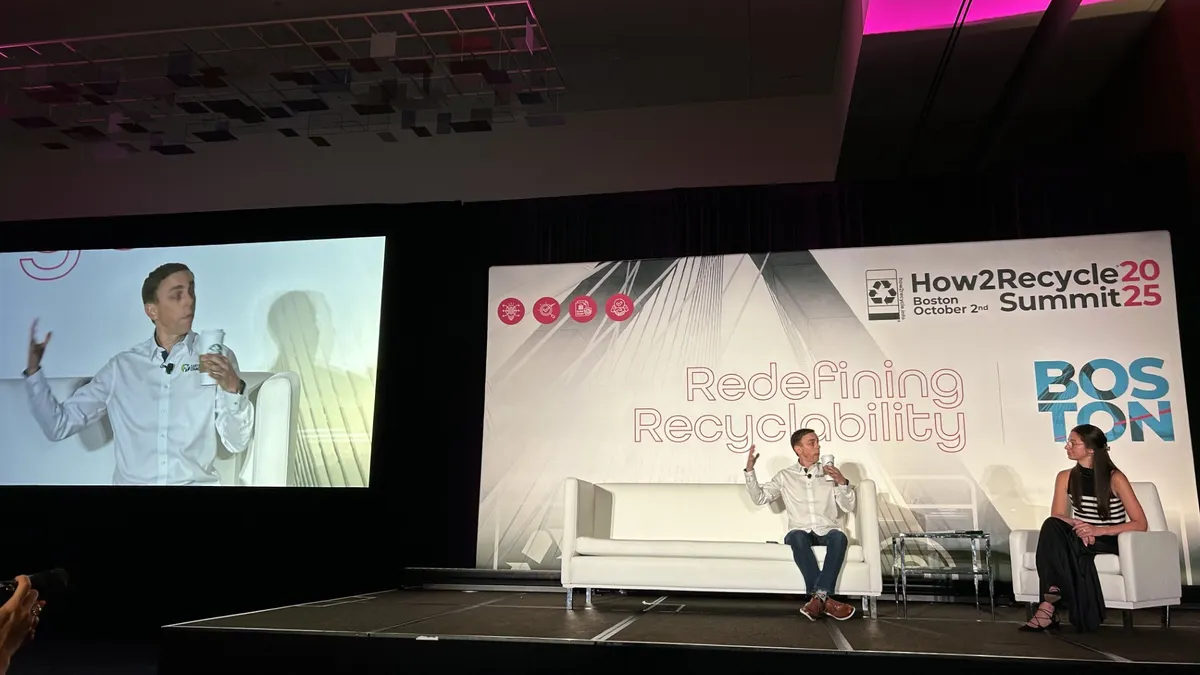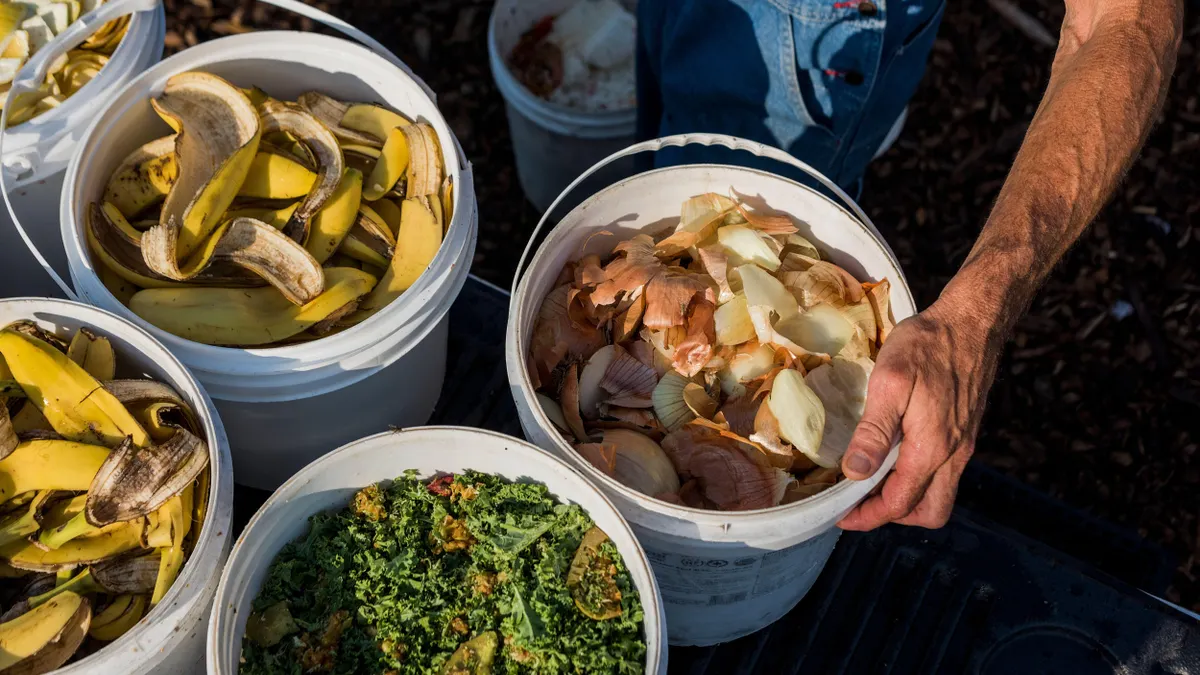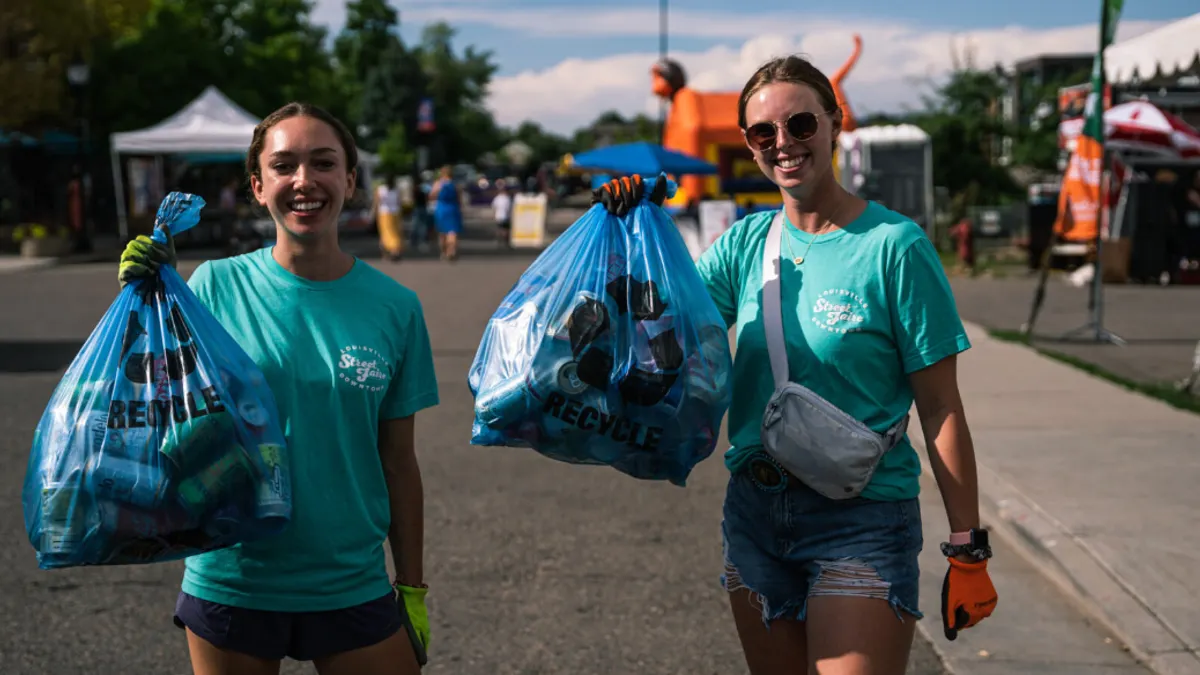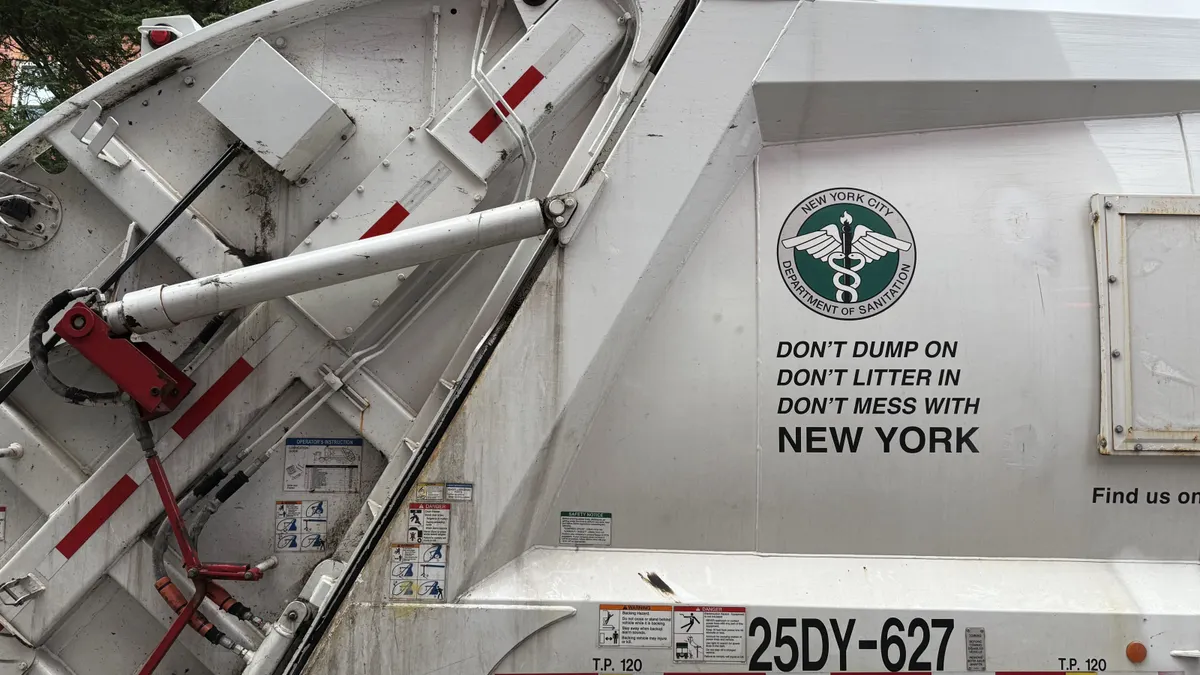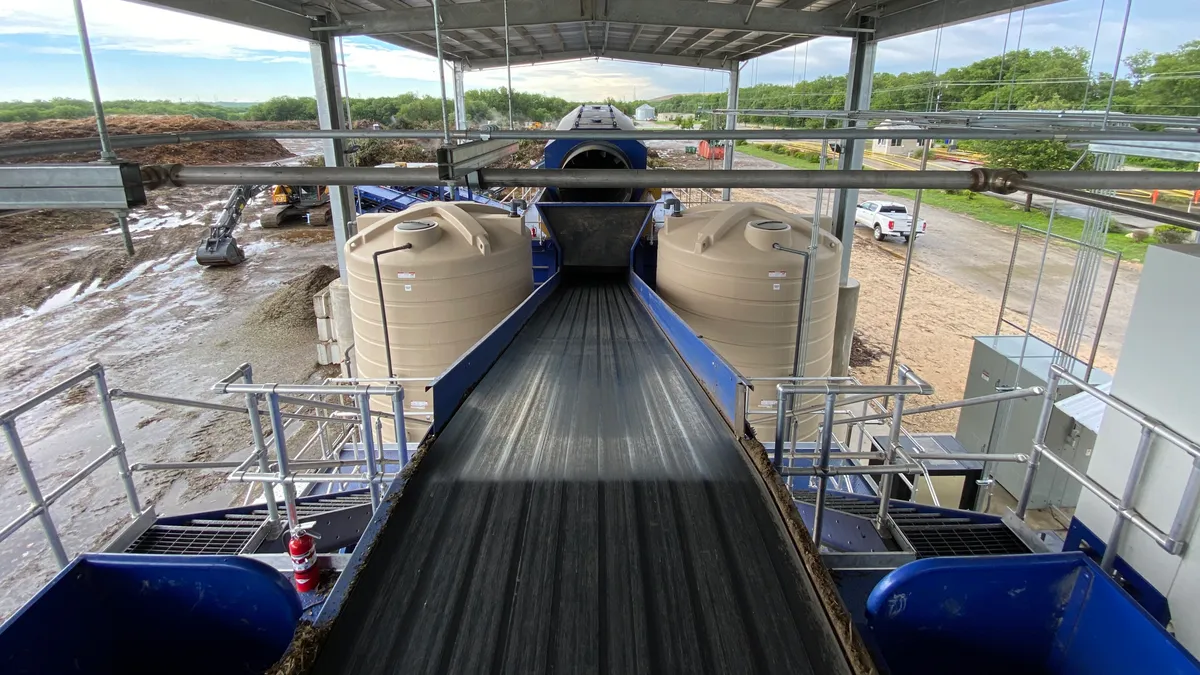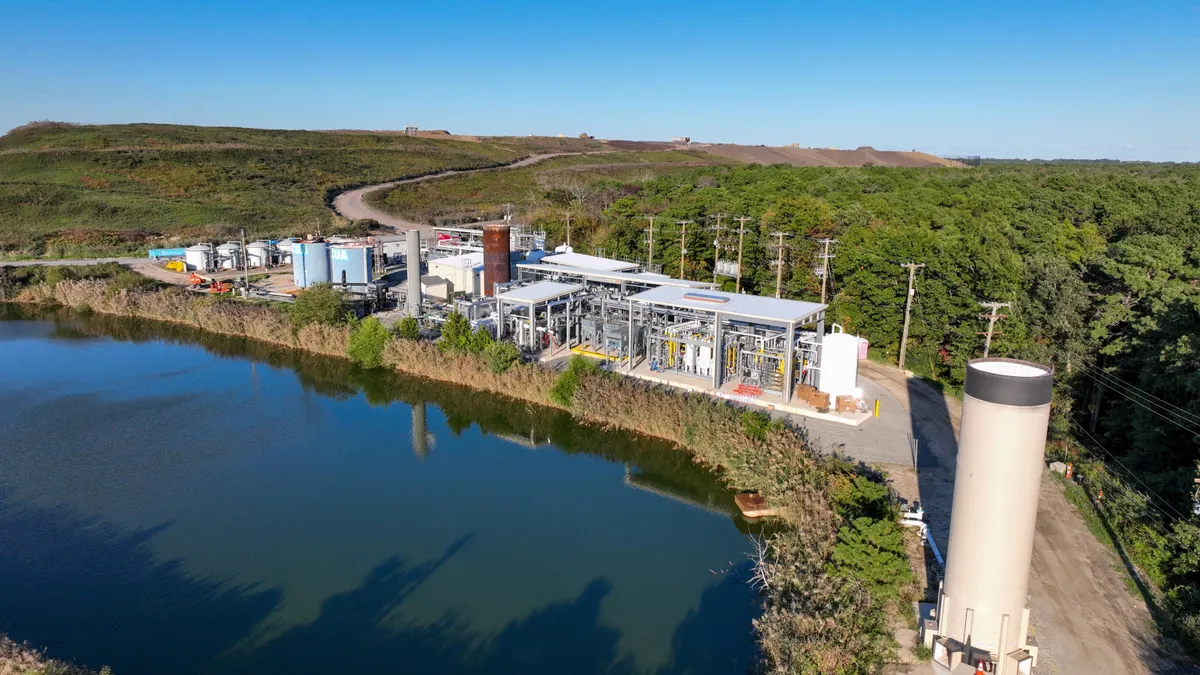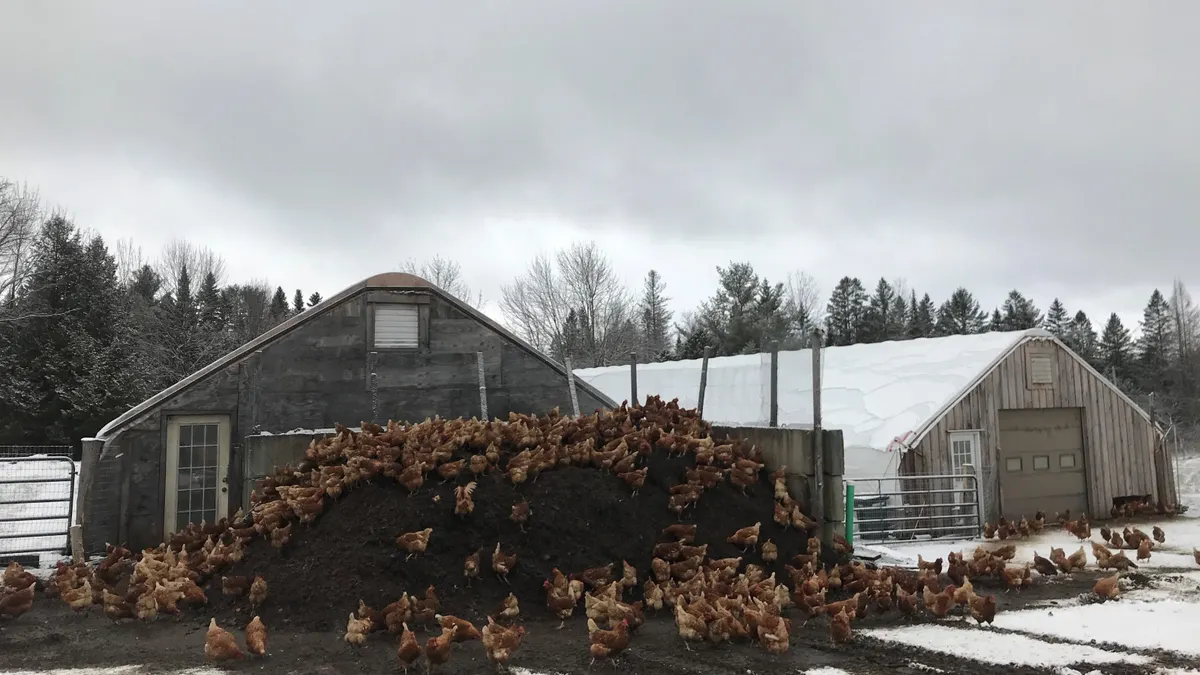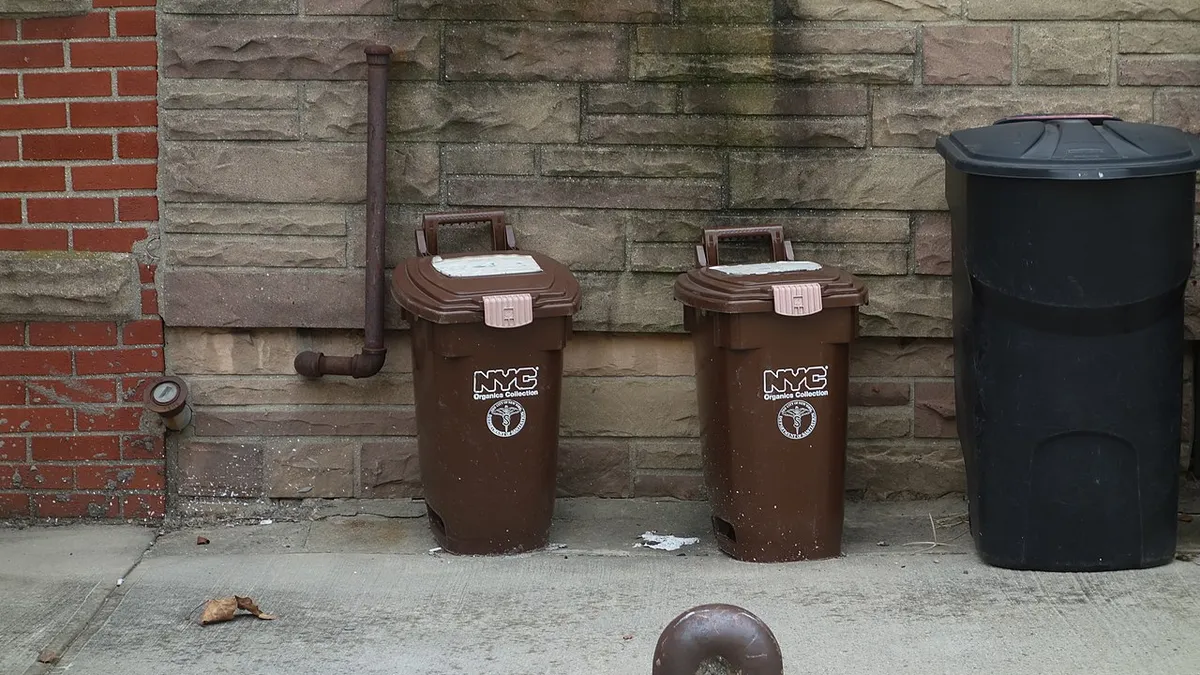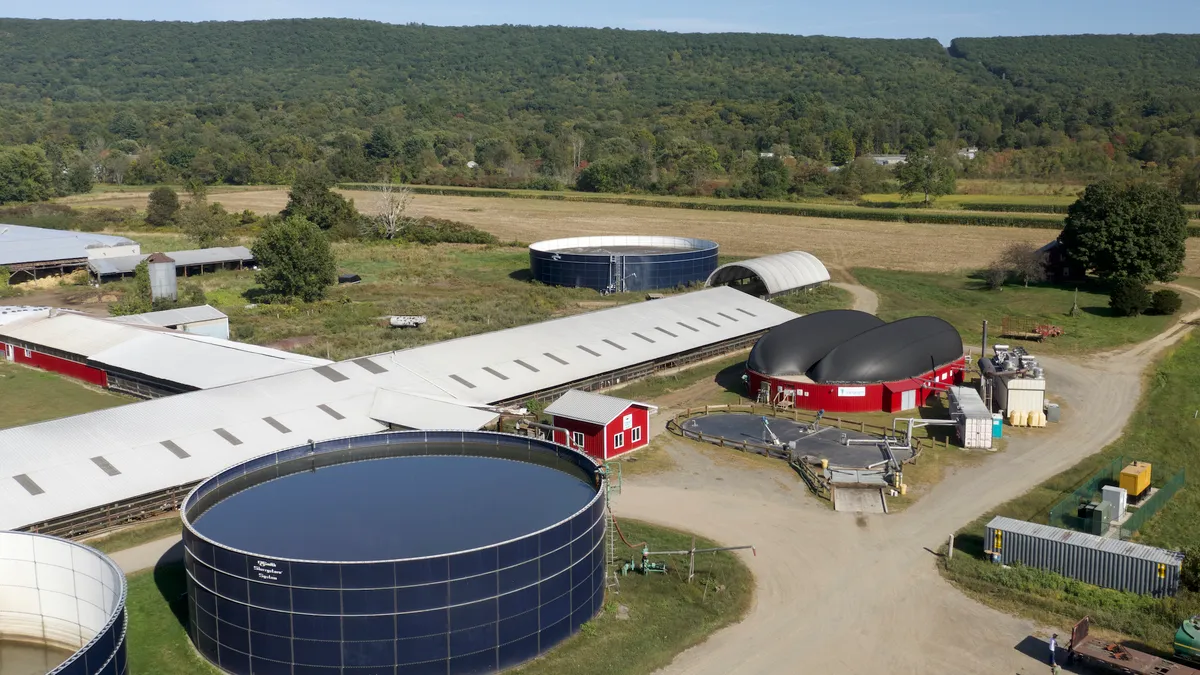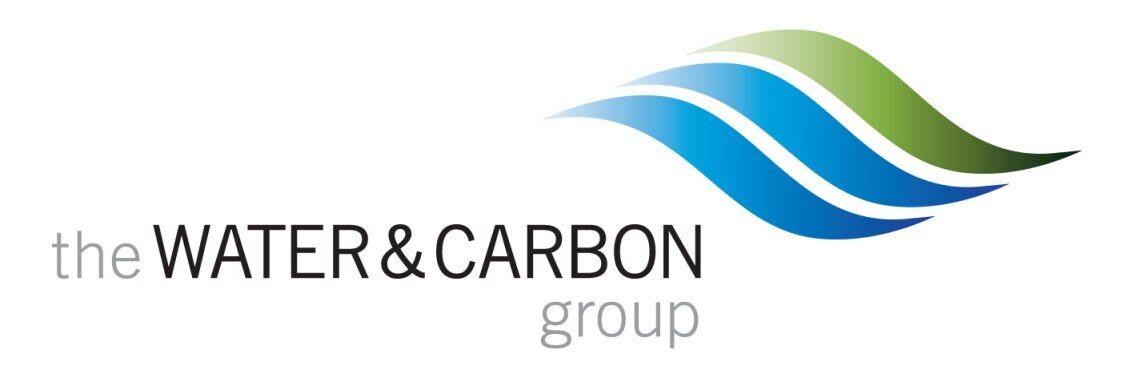This is the latest installment in Waste Dive’s Biogas Monthly series.
Deliberations over New Mexico’s proposed clean fuels program are heating up, and stakeholders across the alternative fuels sector are hoping to make their voices heard on the fourth program to be developed in the nation.
Over the last two weeks, the New Mexico Environmental Improvement Board received public comment and heard expert testimony from more than a dozen sources on the state’s planned Clean Transportation Fuel Program. New Mexico’s Environment Department drafted and circulated a proposal structuring the program over the summer, which is modeled after California’s own Low Carbon Fuel Standard program.
In successive proposals released by NMED, there are early signs the agency is listening to concerns over carbon intensity values expressed by environmental advocates. In its latest proposal, the agency revised up the proposed scores — indicating a fuel produces more climate-harming emissions — for hydrogen fuel produced from factory farm biogas, advocates say.
That follows advocacy from groups like Food & Water Watch. They’re hoping to reduce the incentive to produce alternative fuels from large-scale agricultural operations, arguing the program could lead to the creation of more such farms rather than promote other sustainable agricultural practices.
The RNG Coalition and other industry stakeholders have come out against this position. They have also pushed back on advocates’ attempts to remove avoided methane crediting, which significantly lowers the carbon intensity scores for large-scale dairies by counting methane emissions avoided through the collection of biogas from concentrated manure lagoons.
“Removing avoided methane crediting would undercount real, measurable reductions and make it harder to finance projects that prevent potent methane emissions,” the RNG Coalition said in its opening statement to the Environmental Improvement Board.
Michelle Miano, who leads NMED, said the removal of avoided methane crediting would be unlikely to affect the production of RNG in the state too much. The department further anticipates RNG will constitute a small percentage of fuels produced as a result of the CTFP.
Advocates consider New Mexico’s rulemaking process to be unusually robust. And Miano doesn’t expect regulators will make a decision until February at the earliest. She said the environment department would push for a speedy decision, since the law requires the program to kick in on July 1, 2026.
Below is a selection of updates from the biogas industry in September.
Vanguard Renewables secures first utility offtake agreement
CenterPoint Energy agreed to offtake RNG from a planned Vanguard Renewables facility in Meeker County, Minnesota. The deal is Vanguard's first utility offtake agreement, and allows the company to advance its third facility in the Midwest.
The Meeker County facility is located on a dairy and crop farm, according to a release. It's expected to codigest manure and up to 290 tons of food and beverage waste daily and produce about 270,000 mmBtus of RNG annually.
Vanguard set a goal to bring 100 facilities online in its portfolio by the end of 2028, which was fueled by BlackRock's acquisition of the company in 2022. The company has announced several high-profile partnerships as it expands, including an agreement announced last month to receive feedstock from Ikea at several facilities in the northeastern United States.
WM opens its Simi Valley landfill RNG site
WM completed its landfill-gas-to-RNG facility at its Simi Valley Landfill in California. The $100 million project replaces flares for the biogas already produced at the landfill, which has been in use since 1970, according to a presentation submitted to the Ventura County Air Pollution Control District.
WM expects to produce 2.2 million mmBtus of RNG annually at the site. The facility is expected to produce transportation fuel and inject it into the SoCal Gas grid, per the presentation.
This is one of WM's largest RNG facilities. The company plans to spend $1.6 billion to build 20 such facilities by 2026. WM has been ramping up its development of the facilities, opening five last year and planning to open eight this year. It hopes to deliver a final five facilities next year to complete its goal, according to the company's sustainability report.
Redtail Renewables acquires first RNG projects in joint venture
Redtail Renewables acquired ownership stakes in a pair of facilities for the first time, the company announced. The company, helmed by a former Kinetrex Energy and Kinder Morgan executive, currently has a pipeline of projects it's developing but does not own.
The acquisitions came via a joint venture partnership with investment firm Pacolet Milliken. The portfolio includes an RNG project at the West Daviess County Landfill’s RNG facility near Owensboro, Kentucky. The project is expected to open by the end of the year and generate up to 500,000 mmBtus of RNG annually. It also includes an ownership stake in another project that Redtail Renewables is developing at the Oneida-Herkimer Regional Landfill in Boonville, New York.
Redtail is led by CEO Casey Holsapple, who was vice president of business development at Kinder Morgan before leaving to found the company, according to his LinkedIn profile. Redtail is backed by an equity commitment from Inyarek Partners.
Generate Upcycle upgrades a digester to produce RNG
Generate Upcycle celebrated the reopening of its upgraded Cayuga Anaerobic Digester in Auburn, New York. The company invested nearly $30 million to expand the facility, which includes a depackaging facility and 90,000 tons of annual capacity.
The upgrades allowed the facility to inject RNG into the pipeline for the first time. The facility can now produce up to 195,000 mmBtus of RNG annually by converting up to 90,000 tons of food waste.
This is one of three Generate Upcycle facilities in New York. The company, a subsidiary of Generate Capital, also owns an anaerobic digester in London, Ontario, and a pre-processing facility in Drumbo, Ontario.
Ameresco completes facility at Republic Services landfill in Illinois
Ameresco completed development of a facility at the Lee County Landfill in Dixon, Illinois, the company announced last month. The landfill is operated by Republic Services and is the 15th landfill gas collaboration between the two companies.
The project began injecting RNG into the natural gas pipeline in June, according to an announcement. It can produce up to 1.2 million mmBtus of RNG annually. U.S. Energy, an alternative fuels provider, also partnered on the project.



